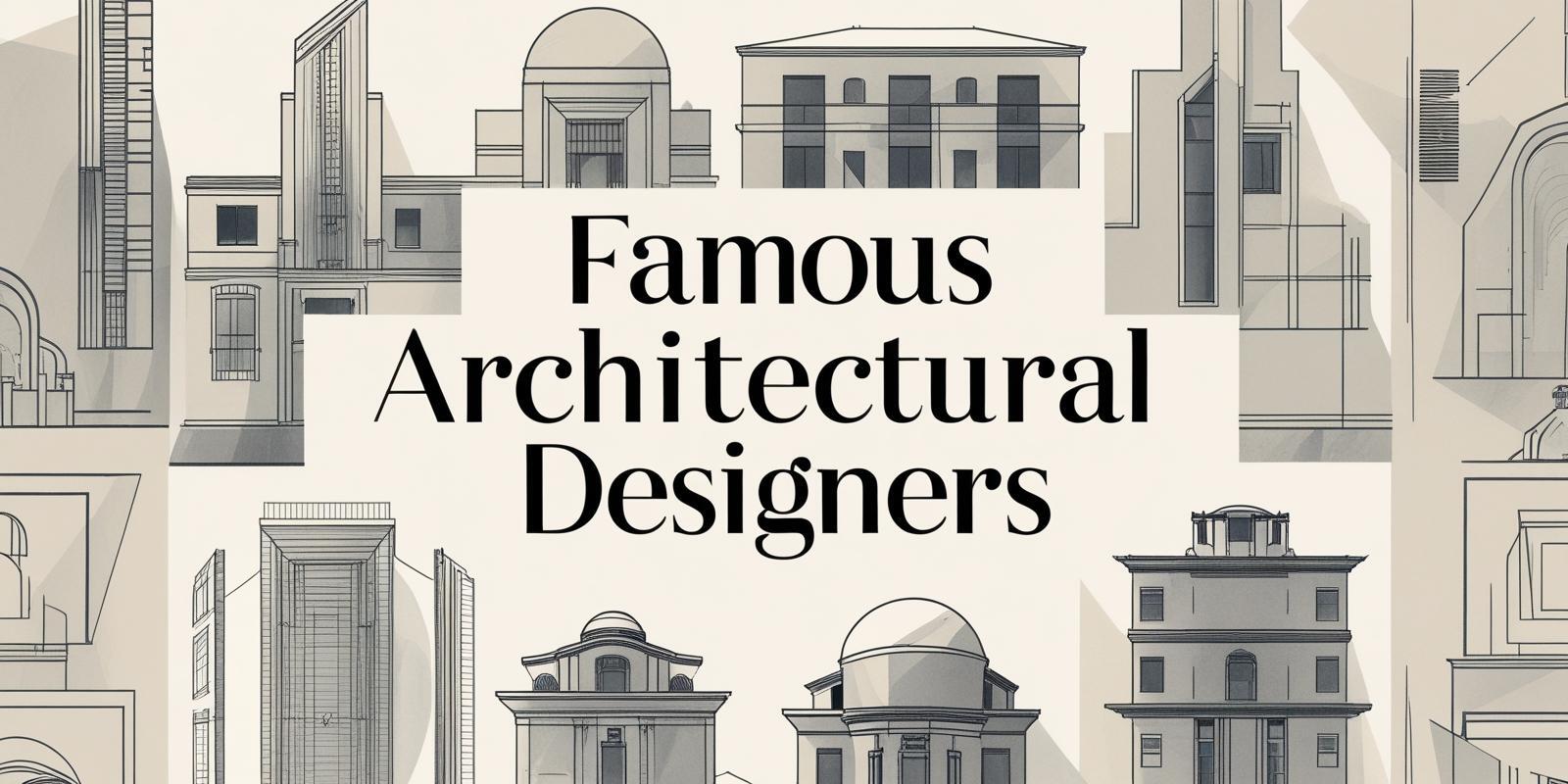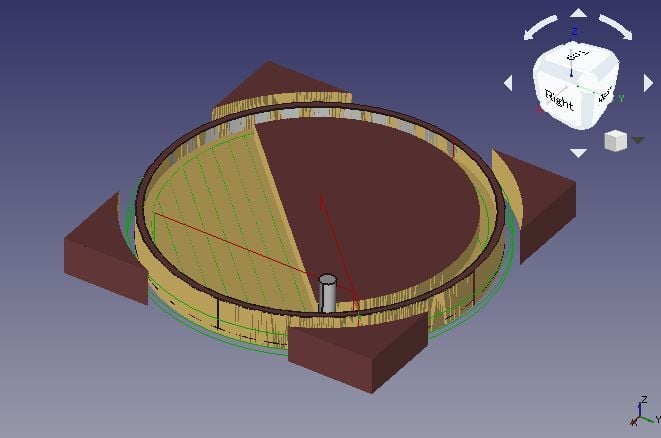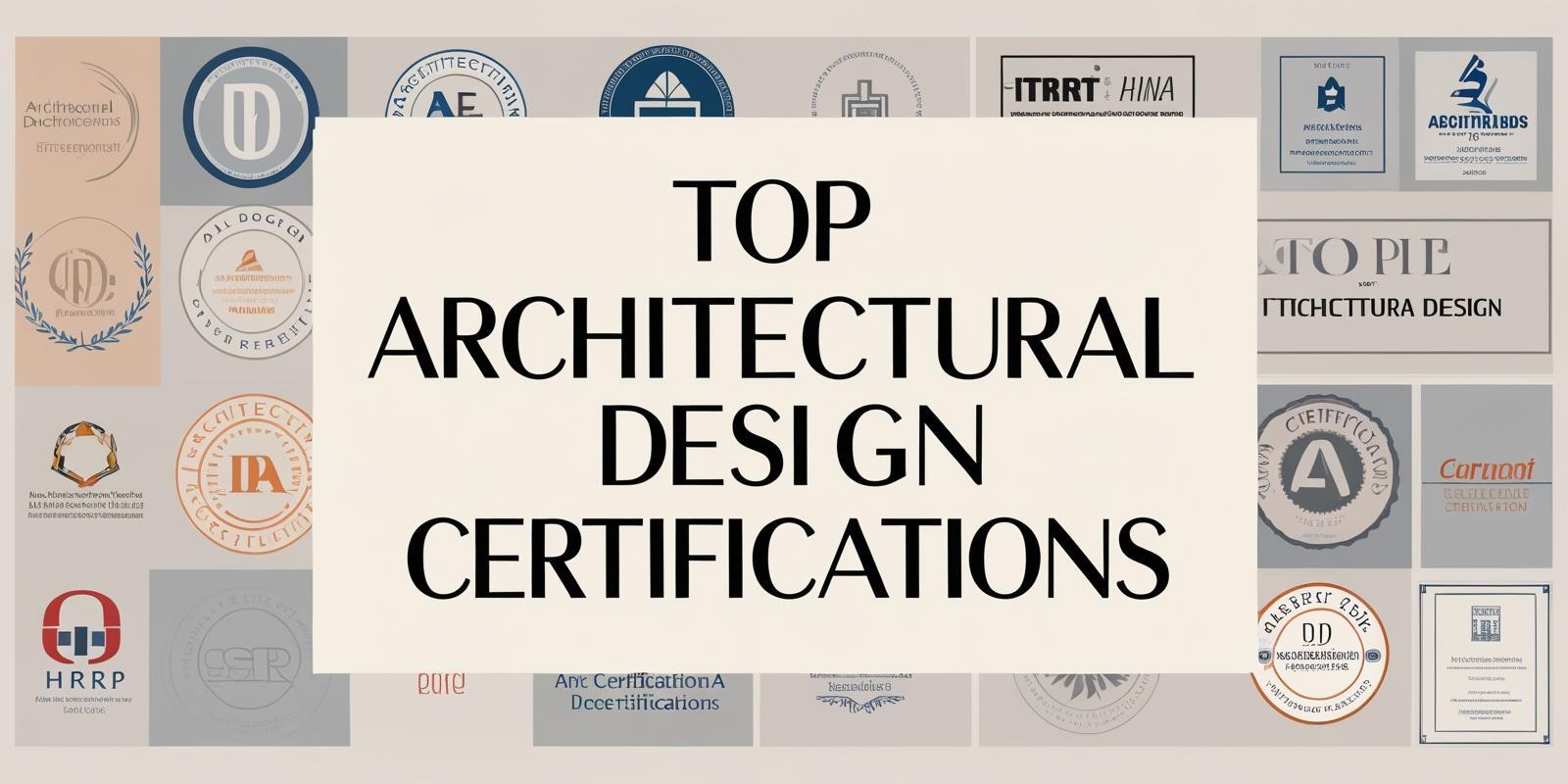
A degree is no longer sufficient in getting architectural designer jobs in the currently competitive market. Employers now look for candidates with strong practical skills and a good grasp of the latest architecture design software to create accurate plans and realistic visualizations. According to the U.S. Bureau of Labor Statistics, employment in architecture and engineering is expected to grow faster than the average for all jobs from 2023 to 2033, with about 195,000 openings projected each year, showing a growing need for skilled professionals in this field.
Success in 2025 means staying updated with the tools and techniques used by top architectural design companies. Knowledge of current architecture software is key to improving efficiency and communication during projects. In 2024, the median annual salary for architects was $96,690, which reflects how valuable these skills are in the industry.
Why Are Skills Just as Important as a Degree in Architecture?
Solid education is important to give the basic knowledge, but to be able to comply with the requirements of the ever-changing industry, it is important to learn the practical architecture skills. Employers require professionals to be able to use their technical knowledge in a competent manner so that the architectural designs are not only creative but also functional and feasible.
The architectural designer job requirements entail more than just the theoretical aspects; one must be able to read and apply complex architecture design concepts with precision. The expertise in these matters increases cooperation and creativity that generate quality results.
What Are the Core Technical Skills for Architecture Designers?

A strong foundation in technical skills is essential for turning creative ideas into practical outcomes. The skills contribute to a sound knowledge base of architecture design principles, which carry a project through concept to completion. Adeptness in these tools and techniques enables designers to effectively realize their vision and, at the same time, achieve industry standards.
Here are the technical skills of an architecture designer that are essential for success in the field:
1. BIM, AutoCAD, and Revit Tools
BIM, AutoCAD, and Revit are essential software used by architects to create detailed digital models and drawings. BIM is aimed at building data management in the project, whereas AutoCAD and Revit are used to generate accurate 2D and 3D plans. These tools will collectively improve precision and collaboration, which is valuable to any architectural design company.
2. 3D Modeling Software
Programs like SketchUp and Rhino enable architects to build detailed three-dimensional models of their designs. These models help visualize spatial relationships and refine concepts before construction begins, making the design process smoother and more effective.
3. Rendering and Visualization Tools
Tools such as Lumion, V-Ray, and Enscape transform 3D models into realistic images and animations. They render lighting, materials and environments that enable clients and teams to be more knowledgeable of the end appearance of a project.
4. Construction Drawing and Detailing
This involves creating clear, detailed drawings that show how every part of a building should be constructed. These are the documents that walk builders through the process of construction to make sure that the design is properly followed and meets safety standards.
Also Read: The Ultimate Guide to Revit: Key Features, Applications, Benefits, and Plug-Ins (2025)
Which Soft Skills Do Successful Architecture Designers Have?
Personal qualities are very important in architecture in connection with technical knowledge. These qualities make a designer flexible to deal with difficulties, empathize with the demands of clients, and be a productive member of a project. Such abilities are essential for providing high-quality architectural design services and ensuring successful outcomes.
These are the soft skills of an architect designer that help make the work successful and overcome all difficulties with ease:
1. Creativity and Conceptual Thinking
Creativity aids in the generation of new ideas, and conceptual thinking helps in placing these ideas into a meaningful design. The two are crucial in coming up with effective architectural plans that meet the functional requirements and promote principles such as sustainable architecture design.
2. Communication and Collaboration
Clear communication ensures that all project stakeholders understand the goals and progress. This understanding is crucial for effective collaboration, which brings together diverse expertise. Working collaboratively allows design decisions to be better informed and helps keep the project on track.
3. Time Management and Organization
Proper time management is useful in meeting deadlines within the required times. Along with good organization, it enables the setting of priorities in tasks and the easy flow of work through all the stages of the project, ensuring work stays on track and quality standards are met.
4. Problem-Solving and Critical Thinking
Good problem-solving will enable the designers to solve difficulties that appear within a short time. This ability goes hand with critical thinking, which helps evaluate options carefully to choose solutions that meet client needs and project goals efficiently.
What Are the Most In-Demand Skills in 2025 for Architecture Jobs?
.jpg?width=4333&height=2889&name=pexels-a-darmel-7642088%20(1).jpg)
With the changing industry, there are skills that one must learn in order to succeed. These skills support every stage of the architectural design process, helping professionals deliver quality and innovation in their work.
1. Sustainable Design Knowledge
Knowing how to use eco-friendly materials and methods is important. This skill helps architects create buildings that are better for the environment and meet new regulations.
2. Data Analysis
Being able to analyze and utilize the data enables the architects to enhance the performance of the buildings, decrease the amount of energy consumed as well, and cut down on the expenses incurred in the architectural designing process.
3. Building Information Modeling (BIM) Management
Managing BIM workflows goes beyond just using software. It helps keep design and construction teams working well together and speeds up the project.
4. Virtual Reality (VR) and Augmented Reality (AR) Integration
Using VR and AR lets architects show clients realistic views of their projects.
How Can You Learn and Strengthen These Skills?

To develop and strengthen modern architecture design skills effectively, consider these key actions:
-
Gain practical experience by working on real architecture projects. This assists in transferring the theoretical knowledge to practical cases and learn the frequent challenges.
-
Keep up-to-date with the new architecture software tools. Upgrading to know how to use new programs enhances time-saving and precision in design generation.
-
Take up classes or seminars in technical and creative architecture. This systematic learning develops fundamentals in a progressive way.
-
Get input from senior architects or mentors. Positive criticism is useful to define the weak points and to navigate the way to improve the skills.
-
Share ideas and approaches by working with design teams. The collaboration with others opens a mind and provides better problem-solving skills.
Conclusion
Education is no longer enough to be a successful architect. In 2025, designers of architecture must have good technical skills, a creative mind, and the ability to work with teams to be able to shine. These skills help deliver high-quality designs that are practical, innovative, and aligned with industry standards. Consistent learning and hands-on experience play a major role in building these abilities.
Also Read: Architecture Thesis Topics: A Comprehensive List of 30 Topics to Pick From 2025
If you’re looking to strengthen your practical skills, the Building Information Modeling Course for Architects by Novatr offers structured, real-world learning to help you grow. It is designed to match the needs of modern architectural work. Visit our resource page to get started and take the next step in building your professional edge.
Was this content helpful to you



.jpg)







